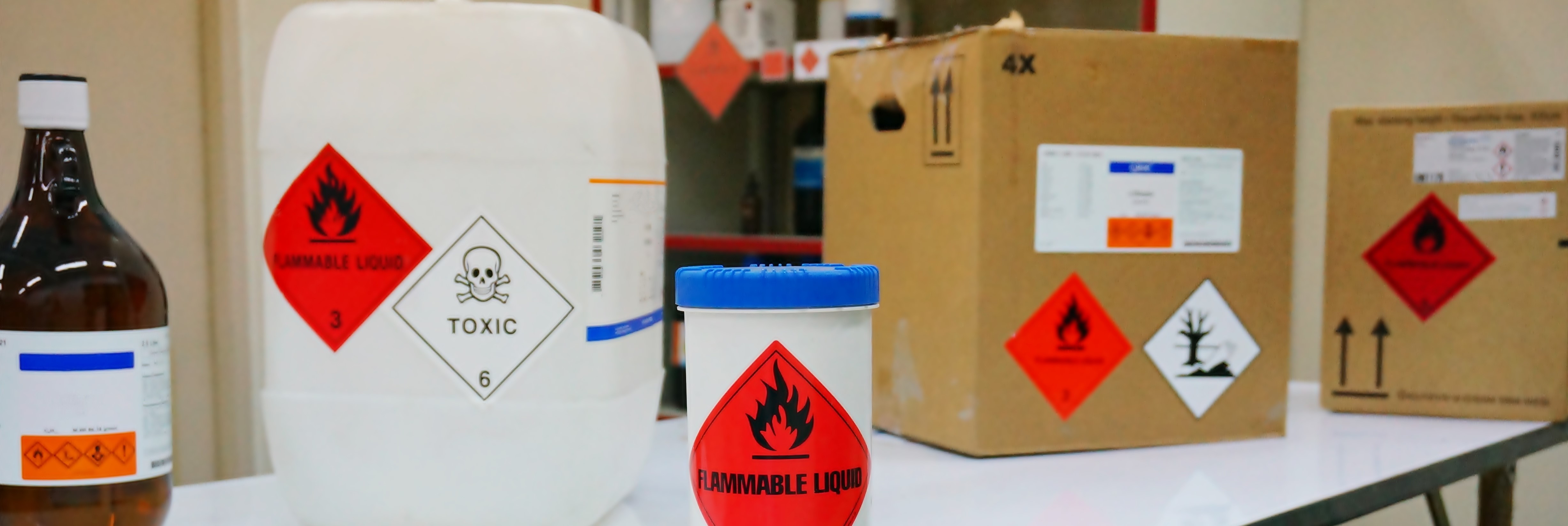The Fatal Consequence of Inaccurate Hazard Warnings on Safety Data Sheets

An analysis conducted by the BlueGreen Alliance, studied over 650 Safety Data Sheets (SDS), finding that 30% featured inaccurate chemical hazard warnings and 15% failed to warn that a listed chemical may cause cancer.
The purpose of SDSs are to inform workers of hazardous chemicals present in the workplace, and, in turn, protect them from cancer and health problems. However, SDSs are only helpful if they are accurate, up-to-date and accessible to employees. Each year, chemical exposures kill between 50,000 and 120,000 U.S. workers. Too many employees are sick and dying from such exposures at work - exposures that could be prevented.
About Safety Data Sheets
SDSs are a primary source of information regarding chemical hazards and handling. They are standardized under the Globally Harmonized System (GHS) of Classification and Labeling Chemicals system: providing a consistent classification of chemical hazards. GHS compliant SDSs have 16 sections that are broken down to four major areas. Each of the four areas are designed to answer one of the following questions:
- What is the material/chemical and what is the immediate information that I need to know in an emergency?
- What do I do if a hazardous situation occurs?
- How can I prevent a hazardous situation from taking place?
- What other information is available about this material/chemical?
Go to safetyservices.ucdavis.edu to get information on how to read a Safety Data Sheet.
State and federal law require employers to obtain an SDS for each hazardous substance they use or store and make the SDS accessible to employees. Employees using or handling any of these chemicals must be properly trained.
GHS Pictogram Examples

To read the full analysis from Blue Green Alliance, go to bluegreenalliance.org/site/obstructing-the-right-to-know-report/.
